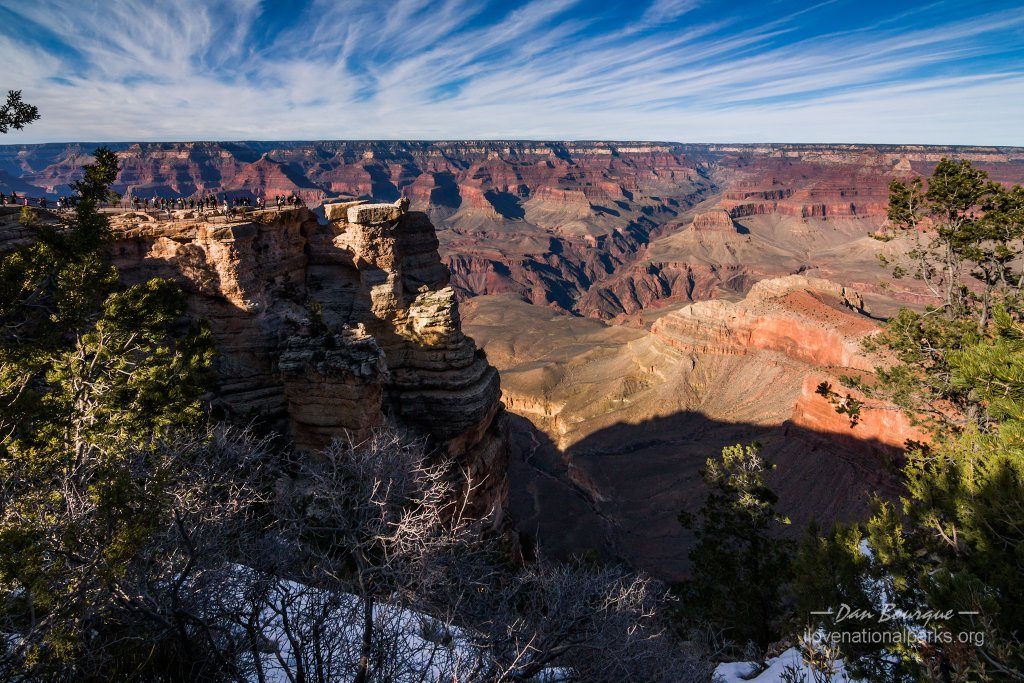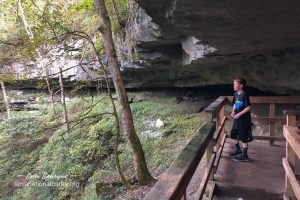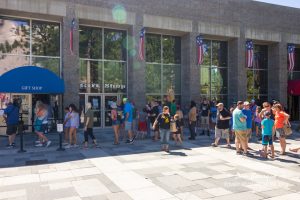
COVID-19 restrictions require some extra planning, but you can still enjoy much of what your National Parks have to offer
As the U.S. begins its gradual reopening, many people are more than ready to get out and visit some National Parks. For the most part, you can! However, visiting parks right now is a bit different and requires some advanced planning. If you decide to get out there, here are some keys to planning your visit to National Parks this summer.
1. Know what’s open. While most National Parks have reopened, very few have fully opened, and some require advanced reservations to keep the number of visitors down (e.g., Rocky Mountain NP). In particular, many visitors centers and campgrounds remain closed, and exhibits and areas that don’t offer sufficient space for social distancing (e.g., caves and missile capsules) remain mostly closed or restricted. Check to see what’s open and what’s not by visiting the official website for the National Park you want to visit at nps.gov well in advance, and keep checking back in as some restrictions and closures change weekly. Even if a visitors center is closed, most parks will still have a means for you to ask questions of park rangers and buy passes.
2. Download or print your own guides. If a visitors center is closed, it may be difficult to pick up park maps, trail guides, etc. Not to worry, most of these can be downloaded before you go via nps.gov. You’ll also want to do your own research on trails and other activities rather than relying on the park rangers and volunteers you’re used to talking to at the visitors center. There are plenty of great resources not only on the NPS website but on other travel websites and resources like alltrails.com.

If main attractions are closed or operating at limited capacity, the park will likely draw smaller crowds leaving you to enjoy secondary options like hiking (Cedar Sink, Mammoth Cave NP)
3. Plan your visit around outdoor activities. The best chance you’ve got of fully enjoying your park trip is to pick parks with a range of outdoor activities. These are least likely to be closed and offer the best chance of avoiding crowds. All major parks have crowded areas, so do your research to look for hikes and spots in less popular areas and visit the busiest spots at off-peak times. Expect crowds at indoor locations and visitor centers (if open) because staff are likely limiting the number of people allowed in at any given time. For a REALLY uncrowded experience, try a park that offers outdoor activities while it’s main attraction is closed (e.g., Wind Cave NP, Jewel Cave NM)–these parks are less likely to draw visitors and may offer a more secluded experience.
4. Know the local rules. While National Parks are federal lands, each may have its own rules, and local ordinances will still affect your experience both inside and outside of parks. Make sure you’ve got all the necessary gear (e.g., masks) to meet local mandates. The rules may also change your experience a bit. For example, if shuttle buses are operating, expect longer waits due to more limited “socially distanced” seating, and you may need to wear a mask and avoid eating and drinking during the bus ride.

Expect lines to get into indoor spaces during COVID-19 as staff limit numbers in confined spaces like the Mount Rushmore gift shop
5. Be respectful of others. Also, remember that National Parks draw visitors from around the country and around the world. COVID-19 responses vary widely from area to area, so you’re likely to encounter behavior that doesn’t match your expectations (e.g., masks and social distancing). Of course, report anything dangerous or in violation of park rules, but in the gray areas, remember to exercise patience and understanding to avoid ruining your park experience and the experience of others. Better to walk away and come back later if you’re uncomfortable than to put yourself in a situation where you or others are likely to create a scene or unsafe condition.
If you keep these keys in mind, you can still enjoy much of the National Park experience even with the COVID-19 precautions. A little planning and some patience will go a long way!
DISCLAIMER: the advice and recommendations in this article are not intended to replace common sense, individual limitations or official rules–the reader is solely responsible for their actions and National Park experience while following these recommendations.

No Comments Yet